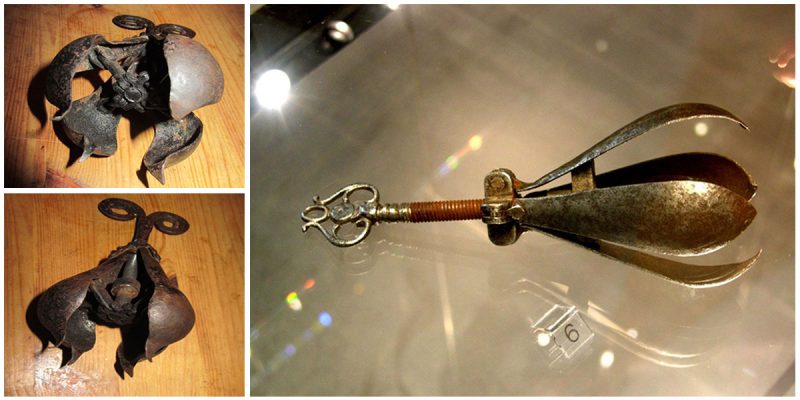There is a wide range of medieval torture devices that were available in the Middle Ages.
These devices were separately created for men and women.
One of these devices invented exclusively for women torture was the Pear of Anguish (known as choke pear-the modern name for this instrument displayed in some museums).
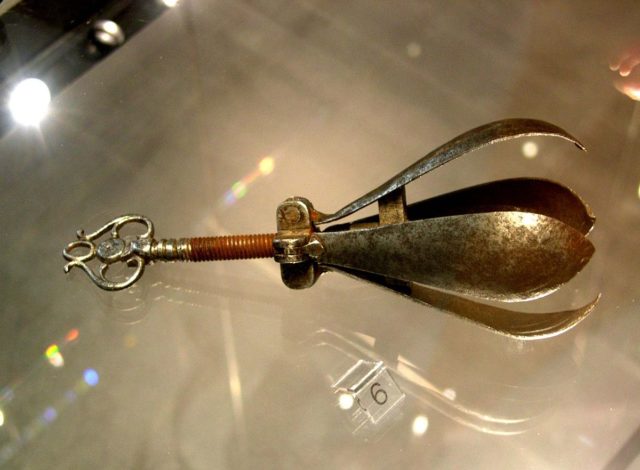
There are no contemporary first-hand accounts on these devices or their use.
However, according to their design, concerning metal consistency and style, the devices ought to date from the early modern period, circa 1600 (in “General Inventory of the History of Thieves“ by F. de Calvi in 1639). Further mentions of the device appear in the 19th century.
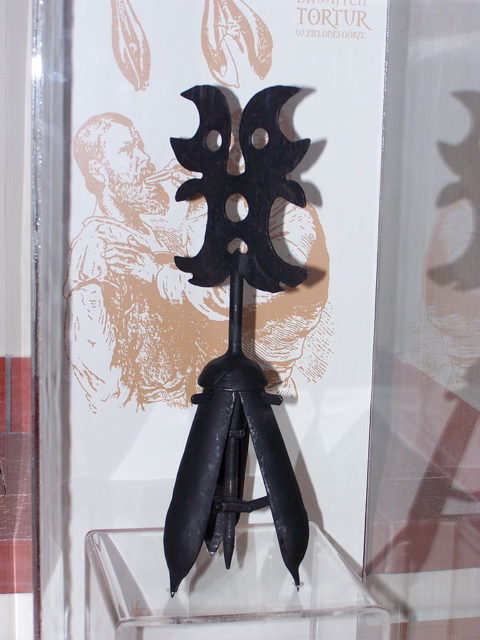
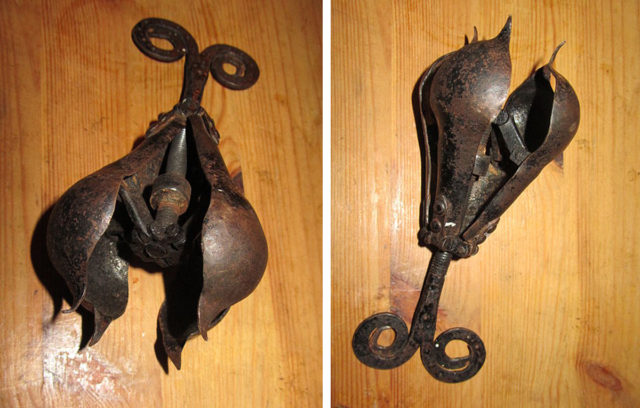
It was an extremely painful device used to punish women accused of inducing a miscarriage, liars, blasphemers, and homosexuals.
However, it was mostly used against women that were accused of being witches.
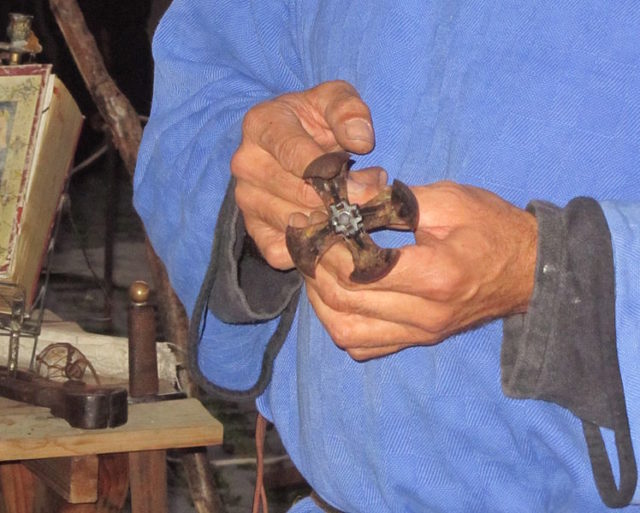
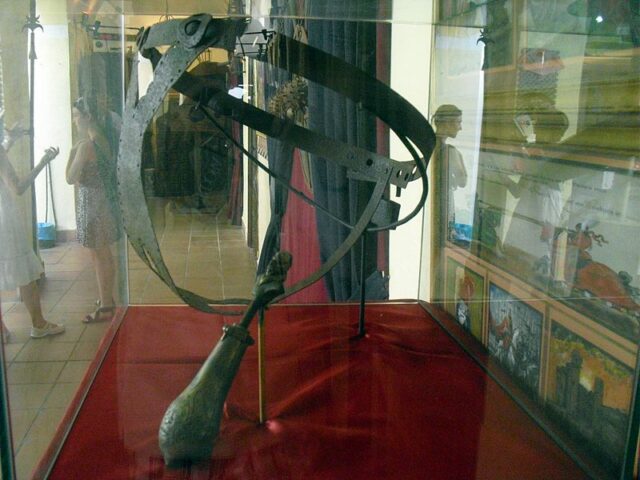
The pear-shaped instrument was inserted into one of the victim’s orifices: the vagina for women, the anus for homosexuals and the mouth for liars and blasphemers.
The instrument (usually made of hard metal, possibly iron) consisted of four leaves that slowly separated from the rest as the torturer turned the screw at the top.
Turning the key opened the leaves, causing massive internal damage.
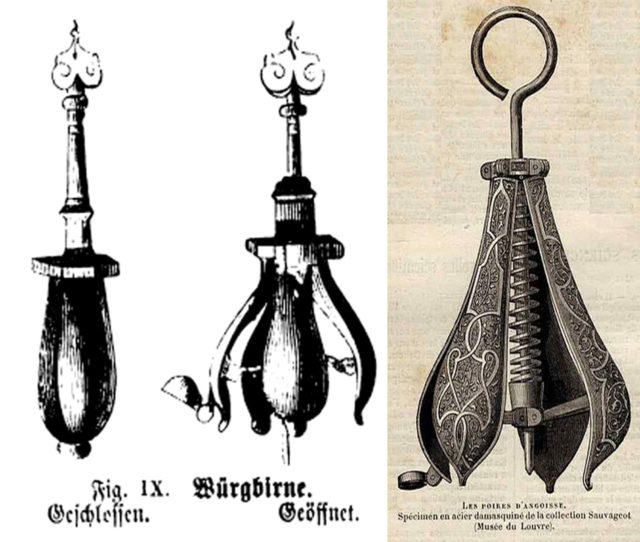
This torture rarely provoked death but was often followed by other torture methods.
However, the Pear of Anguish was brutal and many women who were tortured in the medieval dungeons had died from their injuries.
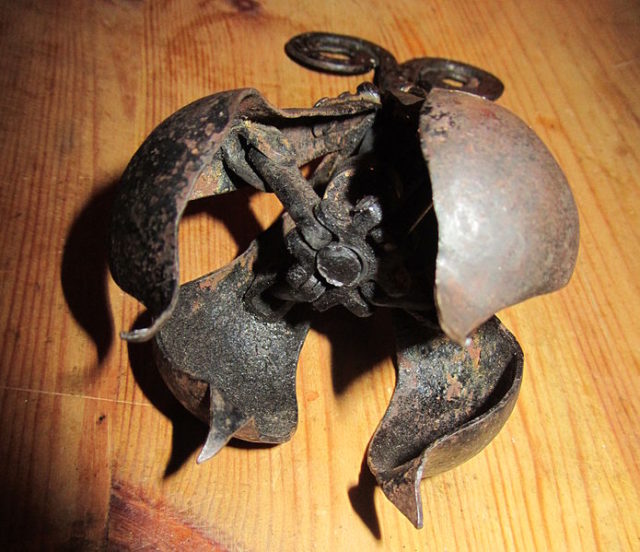
Choke Pears can be found in torture museums throughout Europe, invariably crafted with artistic flourish, but their purpose remains clear.
